Cornmeal Pizza: A Flavorful Twist on a Classic Crust
When it comes to pizza, the crust is often the unsung hero. While many of us are used to the classic wheat-based crusts, there's an exciting alternative that's gaining popularity among spice enthusiasts and pizza lovers alike: cornmeal pizza. This unique crust brings a nutty, slightly sweet flavor profile that pairs beautifully with a wide range of toppings. In this article, we’ll dive into everything you need to know about cornmeal pizza, from its origins to how to make it at home.
Table of Contents
- What Is Cornmeal Pizza?
- The History of Cornmeal Pizza
- Why Choose Cornmeal Pizza?
- How to Make Cornmeal Pizza
- Top Toppings for Cornmeal Pizza
- Buying Guide: Choosing the Best Cornmeal for Pizza
- Tips and Tricks for Perfect Cornmeal Pizza
- Conclusion
What Is Cornmeal Pizza?
Cornmeal pizza is a type of pizza that uses cornmeal as the primary ingredient in the crust instead of traditional flour. The result is a crust that’s crisp on the outside, chewy on the inside, and packed with a rich, earthy flavor. Unlike regular pizza dough, which relies heavily on gluten, cornmeal pizza has a more rustic texture and can be a great option for those looking for a gluten-free or low-carb alternative.
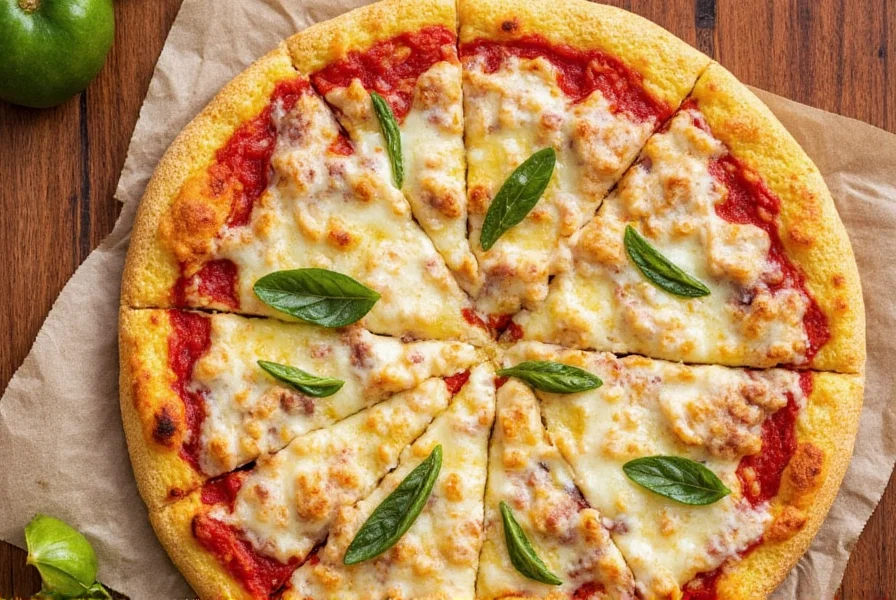
The History of Cornmeal Pizza
Though it may seem modern, cornmeal pizza has deep roots in Italian cuisine. In regions like Sicily and southern Italy, cornmeal was traditionally used to make flatbreads and focaccia long before wheat became the dominant grain. These early forms of cornmeal-based bread were simple but flavorful, setting the stage for what would eventually become cornmeal pizza.
Today, cornmeal pizza is enjoying a renaissance, especially among health-conscious eaters and those who want to experiment with new textures and flavors. It’s also popular in places where corn is a staple crop, such as parts of the American Midwest and South.
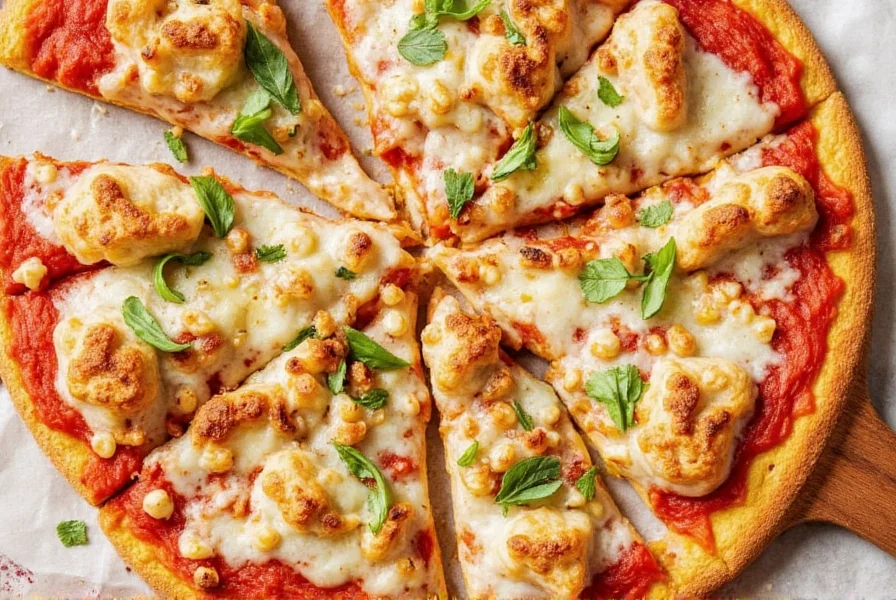
Why Choose Cornmeal Pizza?
If you're curious about trying something different, here are a few reasons why cornmeal pizza might just become your new favorite:
- Unique Flavor: Cornmeal adds a subtle sweetness and nuttiness that complements a wide variety of toppings.
- Gluten-Free Option: If you’re avoiding gluten, cornmeal pizza can be a great alternative—just make sure to use certified gluten-free cornmeal.
- Texture: The crust is naturally crisper than traditional dough, giving your pizza a delightful crunch.
- Versatile: Whether you prefer a thin, crispy base or a thick, hearty crust, cornmeal can be adapted to suit your taste.
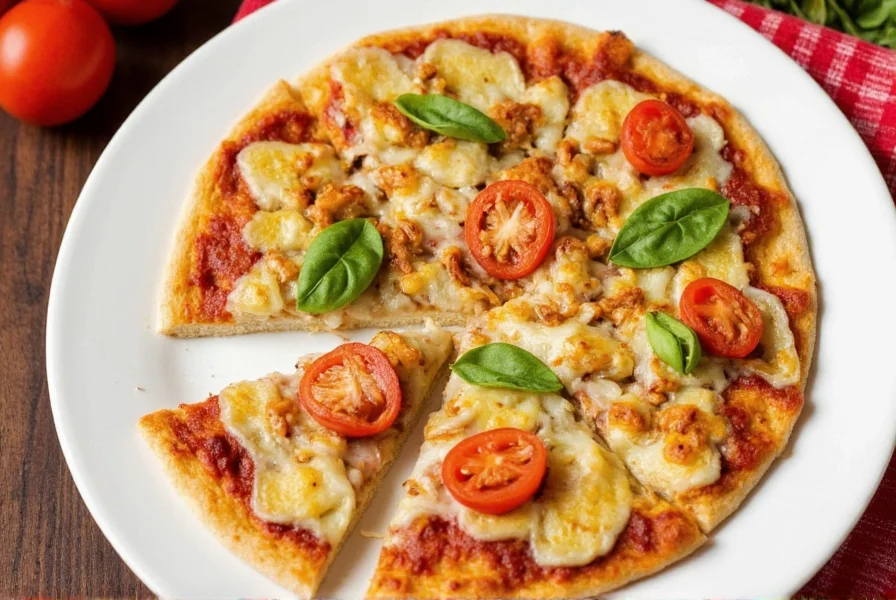
How to Make Cornmeal Pizza
Making cornmeal pizza at home is easier than you might think. Here’s a basic recipe to get you started:
Ingredients
- 1 cup cornmeal
- 1/2 cup all-purpose flour (optional, for extra structure)
- 1 tsp salt
- 1 tbsp olive oil
- 1 cup warm water
- 1 packet active dry yeast (about 2 1/4 tsp)
Instructions
- In a large bowl, combine the cornmeal, flour, salt, and yeast.
- Add the olive oil and warm water, then mix until a soft dough forms.
- Knead the dough for about 5–7 minutes, until it becomes smooth and elastic.
- Let the dough rise in a warm place for 1 hour, or until it doubles in size.
- Preheat your oven to 475°F (245°C). Shape the dough into a round or oval crust.
- Top with your favorite sauce, cheese, and toppings.
- Bake for 10–15 minutes, or until the crust is golden brown and the cheese is bubbly.

Top Toppings for Cornmeal Pizza
While the crust is a star in its own right, the toppings can elevate your cornmeal pizza to new heights. Here are some popular options:
- Classic Margherita: Tomato sauce, fresh mozzarella, and basil.
- Spicy Sausage: Add some heat with Italian sausage and red pepper flakes.
- Vegetable Medley: Bell peppers, mushrooms, onions, and olives for a colorful, healthy twist.
- BBQ Chicken: Smoky barbecue sauce, grilled chicken, and cilantro for a bold flavor.
- Prosciutto & Arugula: A light, fresh option with salty prosciutto and peppery arugula.
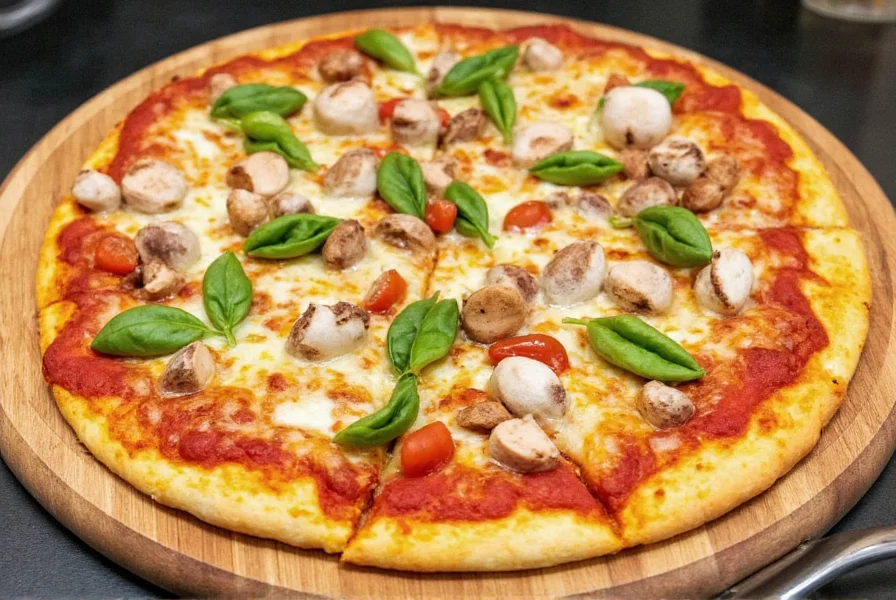
Buying Guide: Choosing the Best Cornmeal for Pizza
Not all cornmeal is created equal. When selecting cornmeal for pizza, consider the following factors:
| Feature | Description |
|---|---|
| Coarseness | Coarse cornmeal gives a more textured crust, while fine cornmeal blends better with other ingredients. |
| Source | Look for cornmeal made from high-quality, non-GMO corn for the best flavor and texture. |
| Gluten-Free Certification | If you have dietary restrictions, choose cornmeal that is certified gluten-free. |
| Use Cases | Some cornmeals are ideal for baking, while others work best in savory dishes like pizza. |
Here are a few top picks for cornmeal pizza:
- Bob's Red Mill Yellow Cornmeal: A popular choice known for its coarse grind and rich flavor.
- King Arthur Flour Coarse Ground Yellow Cornmeal: Ideal for making a sturdy, flavorful crust.
- Arrowhead Mills Organic Cornmeal: A great option for those seeking organic and non-GMO ingredients.
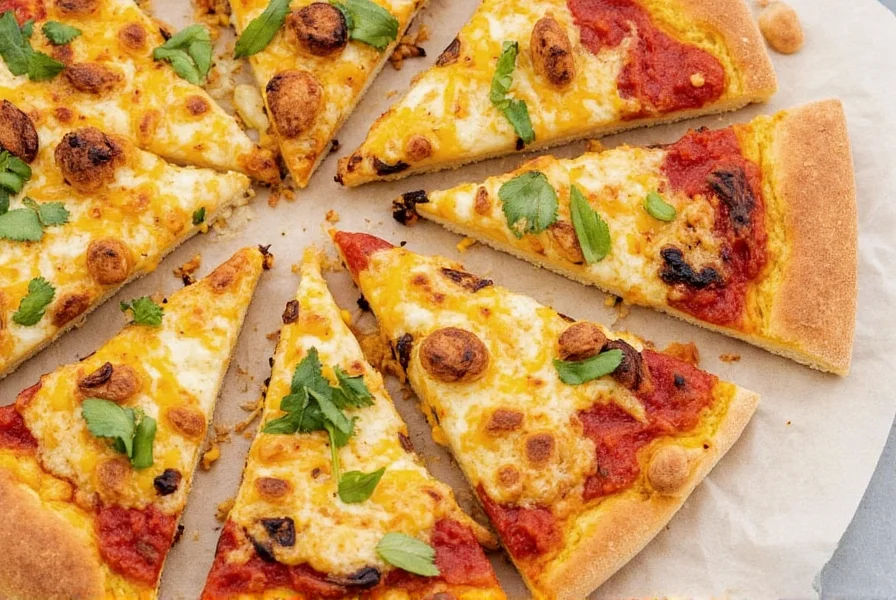
Tips and Tricks for Perfect Cornmeal Pizza
Even if you're new to cornmeal pizza, these tips will help you achieve restaurant-quality results:
- Use Warm Water: Activating the yeast with warm water helps the dough rise properly.
- Knead Well: Don’t skip the kneading step—it ensures a smooth, stretchy dough.
- Let It Rest: Allowing the dough to rest after shaping improves the texture and flavor.
- Preheat Your Oven: A hot oven is key to achieving a crispy crust without burning the toppings.
- Experiment with Flavors: Try adding herbs, spices, or even a bit of honey to the dough for extra depth.
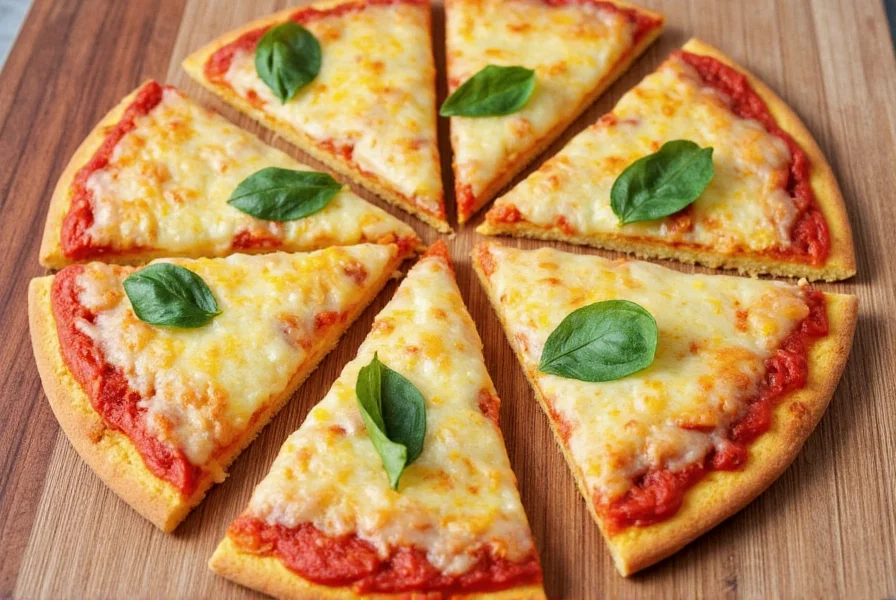
Conclusion
Cornmeal pizza offers a delicious and versatile alternative to traditional pizza crusts. With its unique flavor, satisfying texture, and adaptability to various toppings, it’s no wonder that more people are starting to explore this tasty option. Whether you're a seasoned chef or a curious foodie, giving cornmeal pizza a try is a great way to expand your culinary horizons.
So next time you're in the mood for pizza, don't settle for the same old crust—reach for cornmeal and experience a whole new world of flavor!










 浙公网安备
33010002000092号
浙公网安备
33010002000092号 浙B2-20120091-4
浙B2-20120091-4